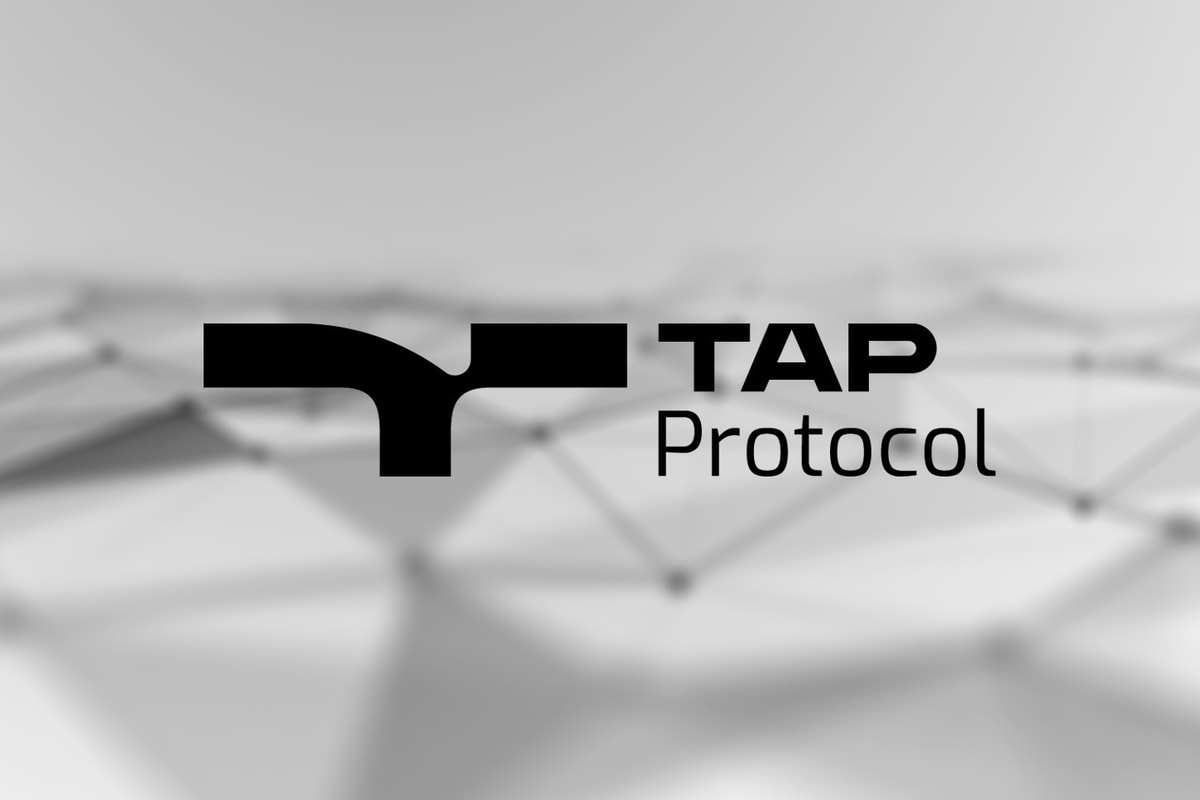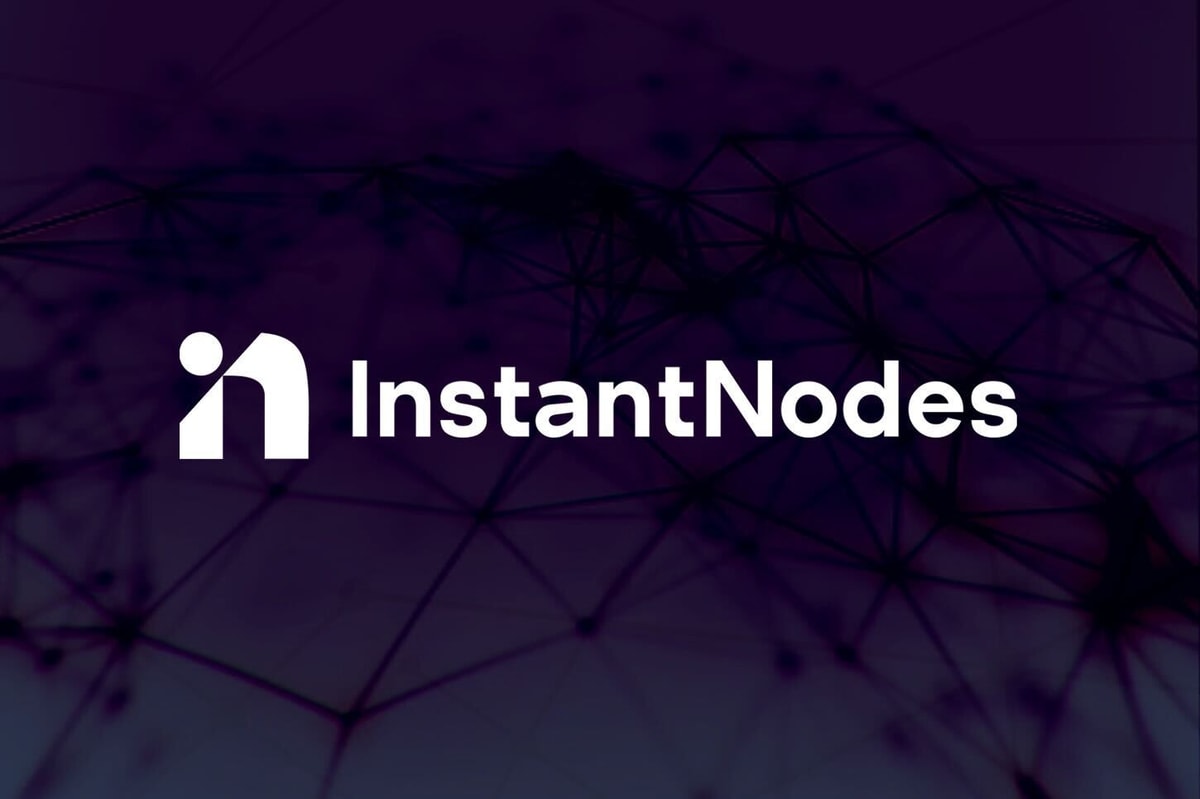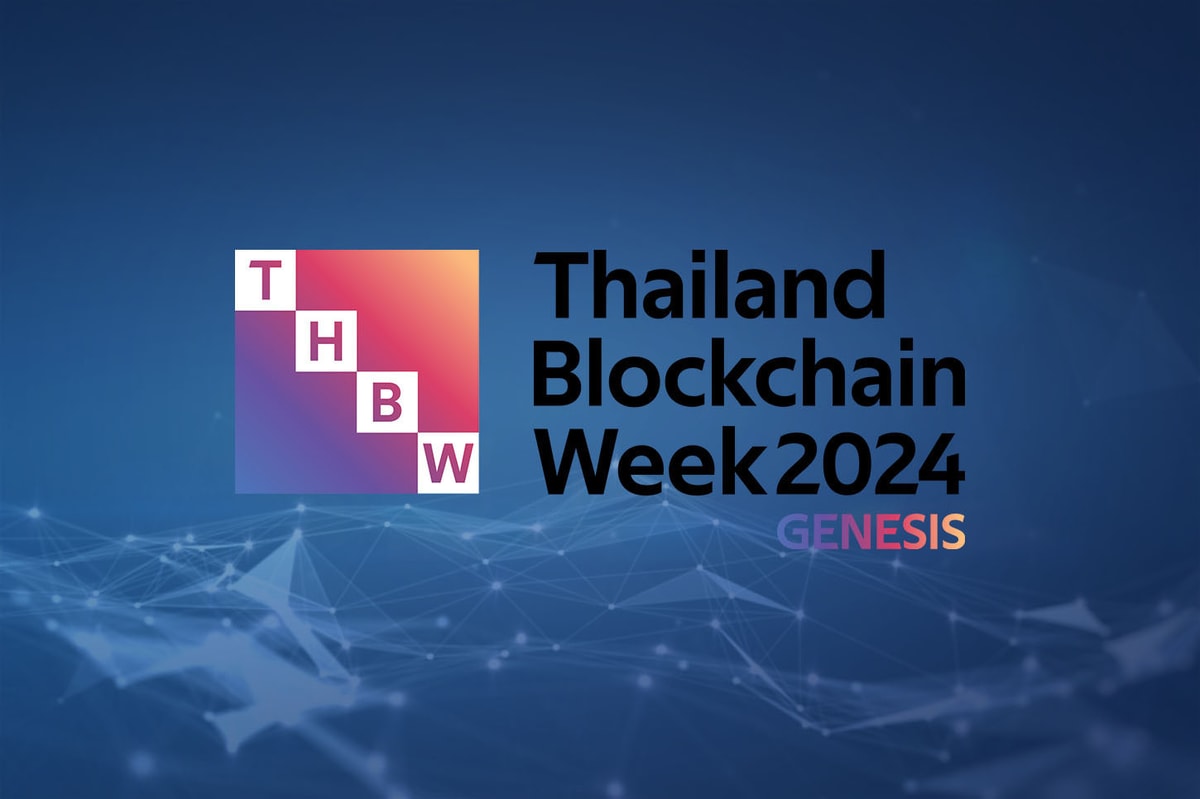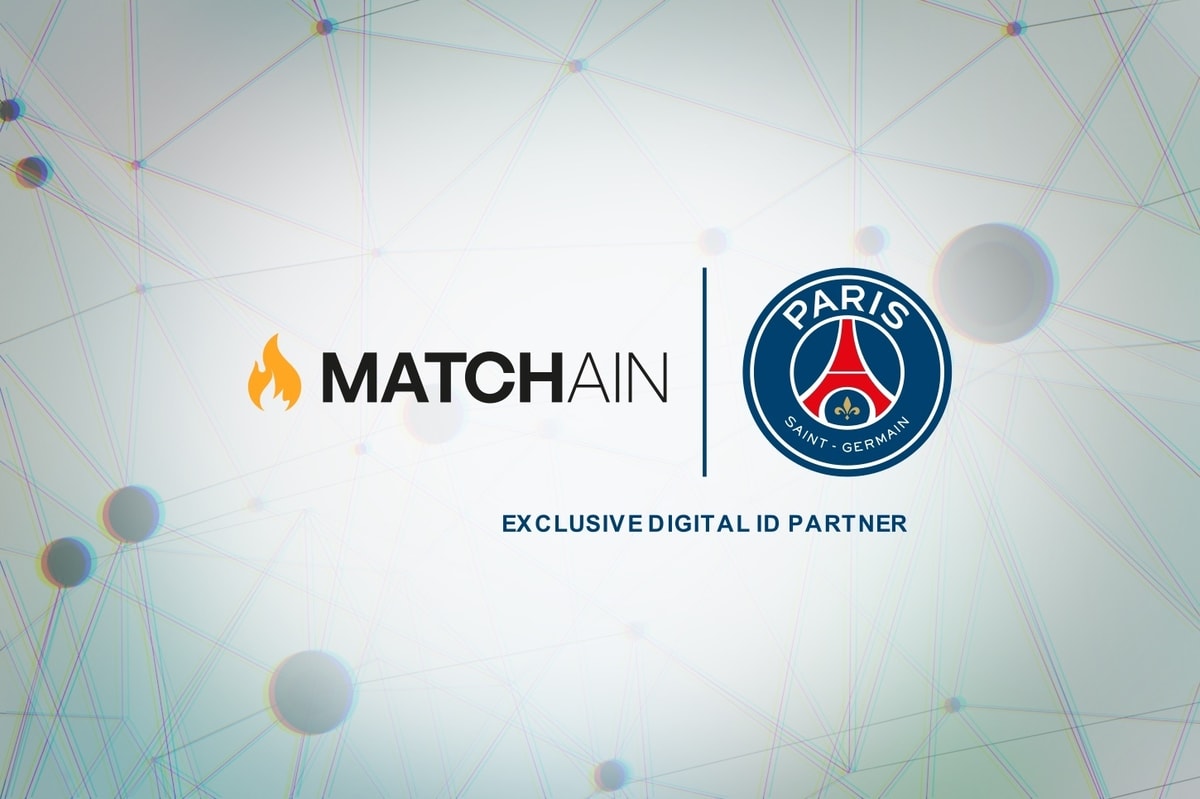The decentralized finance lending protocol, Wing Finance, has recently seen a resurgence in market attention. The project was created in August 2020 by the Ontology team, as noted on its website. Wing has been deployed on multiple chains such as Ethereum, Ontology and OKExChain. Wing’s total value locked is approximately $200 million, and its governance token, WING, currently has a market cap of $36 million. Let’s look at the different dimensions to see how Wing Finance stands out in the DeFi dark forest.
Project innovation
After using Wing’s Flash Pool, one might assume that there appear to be few differences between Wing and other major DeFi lending platforms. But one difference in Wing’s Flash Pool is its insurance pool protection mechanism. The way it works is “in the case that prices of collateral and borrowed assets change drastically [...] insurance compensation will be triggered.” This mechanism is designed to mitigate the destructive effects of black swan incidents (such as what occurred to MakerDAO in 2019 and Venus in 2021). It’s an innovative design to modularize smart contract risks and enable users, lenders and borrowers to hedge liquidation risks.
Besides the Flash Pool, which constitutes the majority of Wing’s TVL, Wing also has an “Inclusive Pool” and an “Any Pool.”
The Inclusive Pool is a Know Your Customer (KYC)-backed credit-lending pool that enables users to under-collateralize and borrow USD Coin (USDC), Tether (USDT), and Dai (DAI). Compared to traditional credit lending platforms, Wing utilizes the innovative OScore, a DeFi-native credit score system, instead of using users’ real-world credit, assets or bank accounts. It’s an ambitious and risky concept, but could possibly pave the way for a future of DeFi-native credit systems.
In comparison, the Any Pool tells another big story for the DeFi lending industry. This article published in April 2021 explains what the Any Pool is. Wing believes any asset can be collateralized and leveraged on a DeFi platform, including crypto assets, DeFi derivative tokens (aToken, cToken and liquidity provider token), nonfungible tokens and even traditional assets (securities and antiques). As described on its website, its lending mechanism uses a peer-to-peer model for fixed-rate loans of the aforementioned asset types, and there have already been several lending agreements since Any Pool’s deployment in May 2021.
There are several lending protocols working on the integration of alternative and traditional assets, and Wing is ahead in tech integration and proof-of-concept trials. Any Pool is currently still in beta version and will continue to create additional business opportunities for Wing Finance.
Security
Wing Finance was audited by PeckShield and CertiK.
Wing launched and has been running for nearly a year without being hacked, with no news reporting any hacking occurrences. For a DeFi project, it’s rare to have such a proven security record. The longer a particular version of Wing is out on the market, the closer the risk of Wing being hacked approaching zero.
In terms of trust, not trying to be anonymous is a huge plus for Wing Finance. Sometimes DeFi investors are easily confused when choosing which anonymous projects to trust in the name of “decentralization” and ultimately suffer from rug pulls. As Wing is officially backed by Ontology (and Ontology supports Wing Finance in its social media accounts), Wing is comparatively trustworthy and the rug pull risk is significantly reduced.
Tokenomics
According to research, Wing Finance’s WING token is much more than a governance token, which is the best part of this project’s design.
[Insurance]: Wing’s insurance pool only accepts WING tokens as insurance capital. When users stake WING in the insurance pool, they continuously get WING rewards pro-rata. Around 10% of WING’s daily distribution is for the insurance pool, as an alternative way to participate in this project besides lending and borrowing. Currently, the insurance APY is around 40–50% with a three-day lock-up period for new stakers.
[Deflation]: WING has a “buyback and burn” policy. Namely, Wing Finance is generating revenue every month, and the team spends 50% of its revenue to buy back WING from the secondary market and send it to a burn address. Burning WING monthly won’t influence Wing’s TVL and revenue model but reduces the total circulating supply of WING in the secondary market, thus creating a scarcer, more valuable asset.
[Stablecoin]: Wing collaborated with an external project, Ichi, to create oneWING, a stablecoin backed by WING. Currently, a small percentage of WING supply is locked in Ichi’s smart contract, which creates another utility for WING holders.
[Governance]: WING holders can propose and vote for community decisions using their WING tokens. Staked or locked WING also count for voting. The Wing decentralized autonomous organization ensures that users’ and token holders’ voices are heard in the project and that the project evolves in a way that suits the needs of the users. The more TVL Wing has, the more valuable it becomes to participate in the Wing DAO.
The WING token is a utility and governance token, where its fundamental value is in its utility and governance capabilities.
Community and marketing
Since the launch of Wing, there have already been 41 community votes and hundreds of discussions. Wing’s community is even more active than some tier-one DeFi platforms in terms of community participation, decentralization and openness.
Wing has 7,000 users in its Telegram group and 11,100 followers on Twitter, actively posting an average of one to two posts per day about events and data reports. Leading crypto media publications including Cointelegraph and key opinion leaders such as Boxmining and Lark Davis, among others, also have talked about this project. Wing was mentioned at CoinDesk’s Consensus 2021 virtual conference in Ontology’s keynote speech as a real use case of credit-based DeFi.
Summary
In summary, it can be concluded that the Wing Finance project and WING token are undervalued. WING benefits from its tokenomics model and its innovative suite of lending products that seek to push the DeFi space forward. As a value-backed DeFi dark horse, Wing is a good option if you are considering adding more high-potential projects to your DeFi portfolio.











